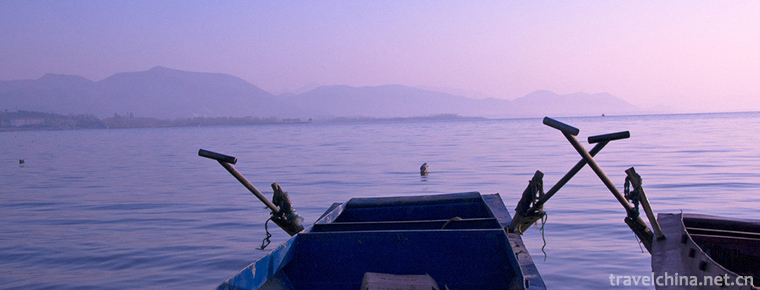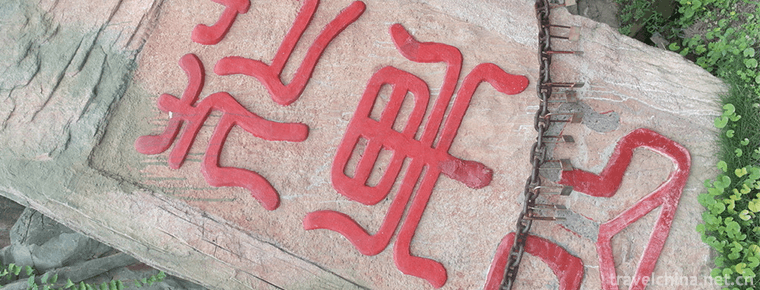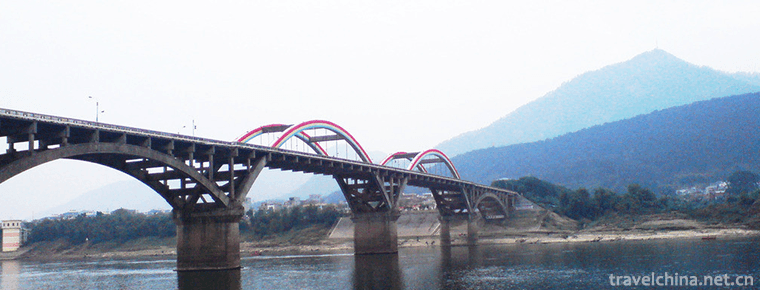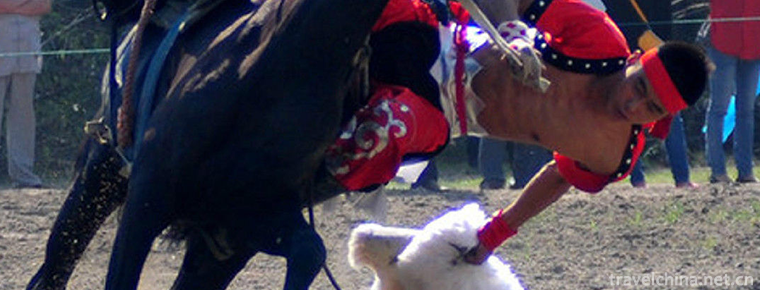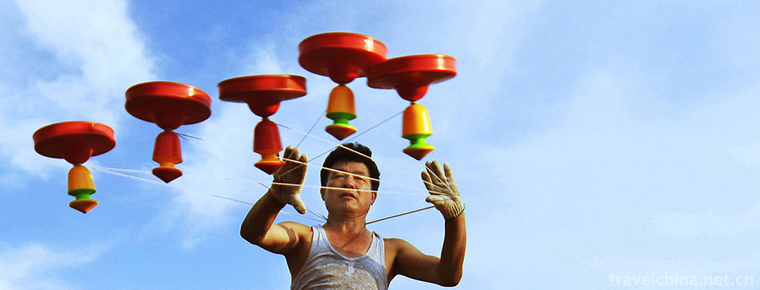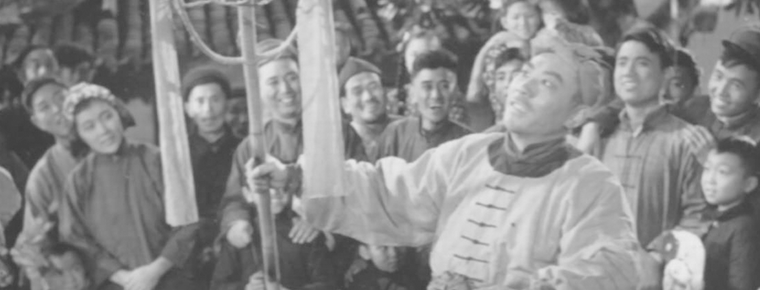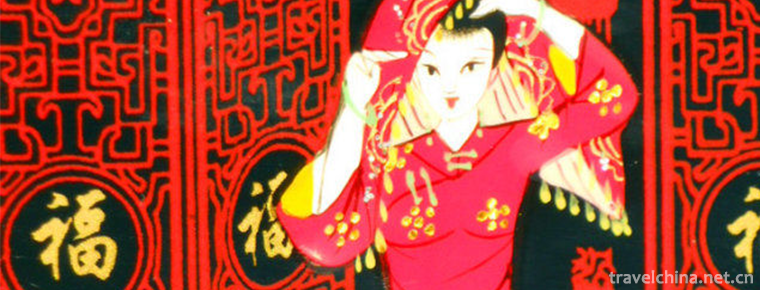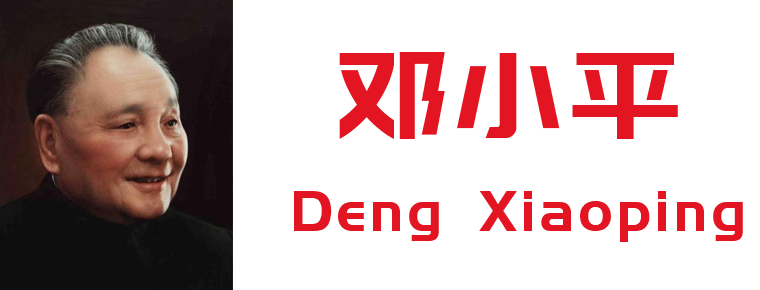The Prince Gongs Mansion
The Prince Gong's Mansion, located in Liuyin Street, Xicheng District, Beijing, is a national key cultural relic protection unit. It was the largest royal palace in the Qing Dynasty. It has been used as the residence of Heyou and Yongli successively. In 1851, Wang Yixin became the owner of the house, and the name of Gong Wang house was derived from it. Gong Wangfu is a large-scale mansion with an area of about 60,000 square meters. It is divided into two parts: mansion and garden. It has more than 30 different architectural communities. The layout is exquisite and magnificent.
Gong Wangfu has gone through the historical process of the Qing Dynasty from its heyday to its downfall, carrying a wealth of historical and cultural information, so there is a saying of "a Gong Wangfu, half of the history of Qing Dynasty". With the concern of Zhou Enlai, Gu Mu and Li Lanqing, the renovation of the Imperial Palace was completed in 28 years, making it the only Qing Dynasty palace open to the public.
After the collapse of the Qing Dynasty, the property rights of the residence belonged to Furen University. In the early 1980s, the imperial palace of Gong had become a complex inhabited by hundreds of households separated by eight units, with more than 200 households. To restore Gong Wang Fu, the primary task is to relocate. In 1988, the Garden of King Gong's Mansion was opened to the public. In 2008, after the restoration of the mansion was completed, the Garden of King Gong's Mansion was fully opened to the public.
Gong Wangfu is located in the Shichahai area of Beijing's geomantic omen, covering an area of more than 60,000 square meters. The "99-and-a-half" rear hoop blocks the waist and divides it into mansions and gardens. The mansions are magnificent and the gardens are beautiful and flourishing. In the front and back seas of the Royal Palace and the Baylor palace, the Royal Palace is called "the best landscape in the city" because of its richness, and it is even more famous for its comparability to the Palace Museum mansion.
The palace of Gong Wang was first built in the Qianlong period of the Qing Dynasty. In the early years of Tongzhi, Yixin, Prince of the third generation, as well as the chief minister of government and military aircraft, was the master of the palace, and renovated part of the palace. The size and structure of the Gong Wang mansion that we saw was finally formed at that time.
The first half of King Gong's mansion is a magnificent mansion, and the second half is a secluded and beautiful classical garden, covering an area of nearly 60,000 square meters. The mansion was solemn and solemn, with simple architecture, ridge-opening corridors, and magnificent air, second only to the palace where the emperor lived. The Chaijin Garden behind the mansion is surrounded by mountains and rivers with towering ancient trees, curved galleries, pavilions and pavilions, and is a model of Chinese garden architecture.
According to the existing literature, this is surrounded by "Panlong water" on the West Bank of the capital city of Qianhai.
On the geomancy treasure ground, Yuan and Ming Dynasties once had a large-scale temple, fragrant fire, visitors such as weaving, even the emperor also came here to worship Buddha incense. About the middle of the sixteenth century, the monastery was gradually abandoned and reduced to a supply factory of the Ming Dynasty; after the Qing Dynasty came to Beijing, courtyards of different sizes were built here for the residence of ordinary banners such as the House of Internal Affairs.
Forty years before and after Qianlong, he was red and purple in front of the emperor. He met this place, which was surrounded by the water, adjacent to the West Mountain, and not far from the "Emperor's home", so he bought many houses here at a high price and built it into a famous "He".
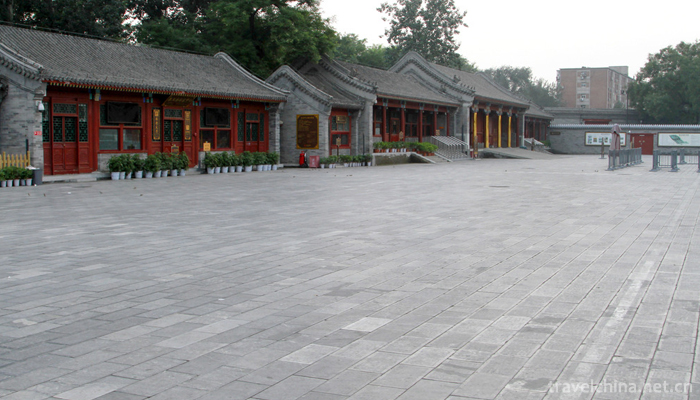
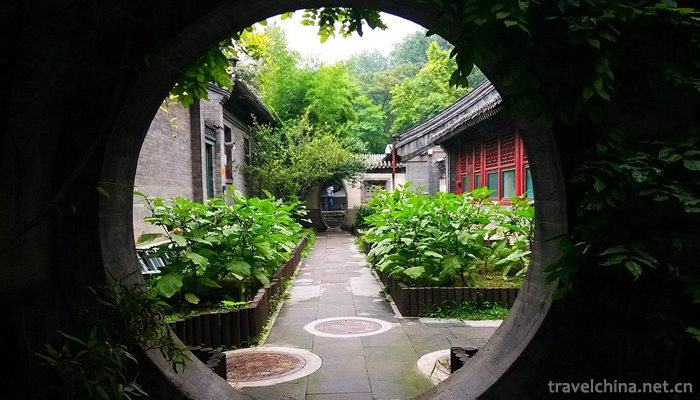

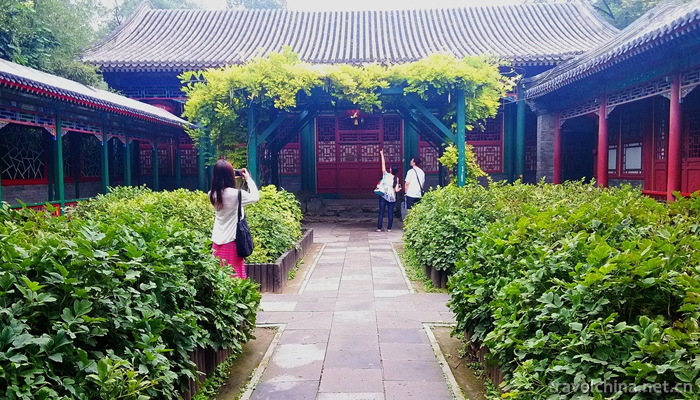
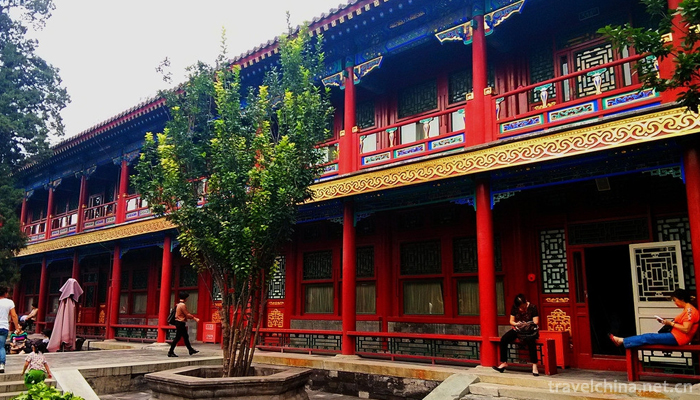
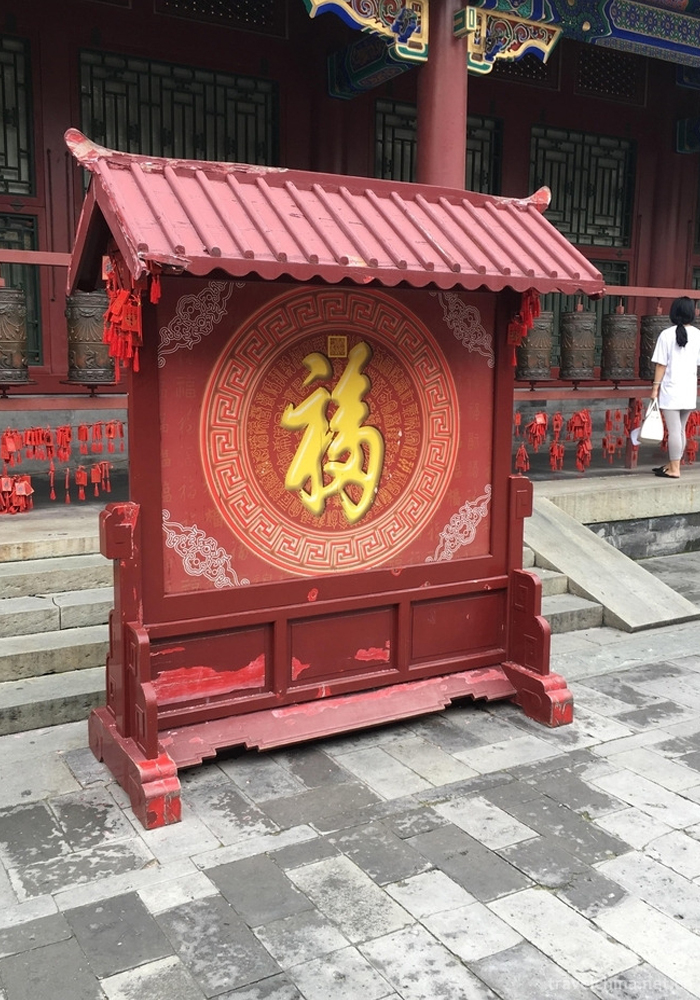

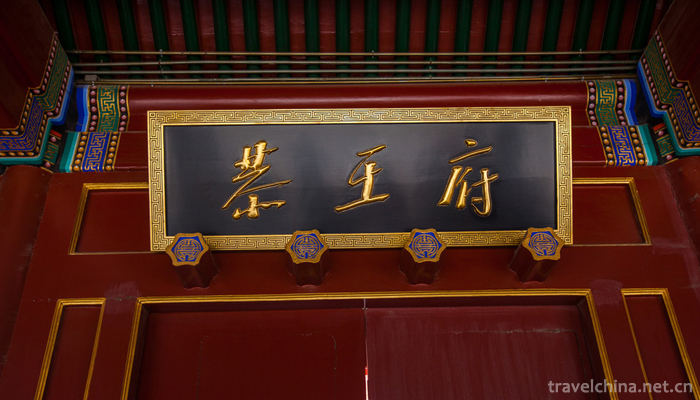
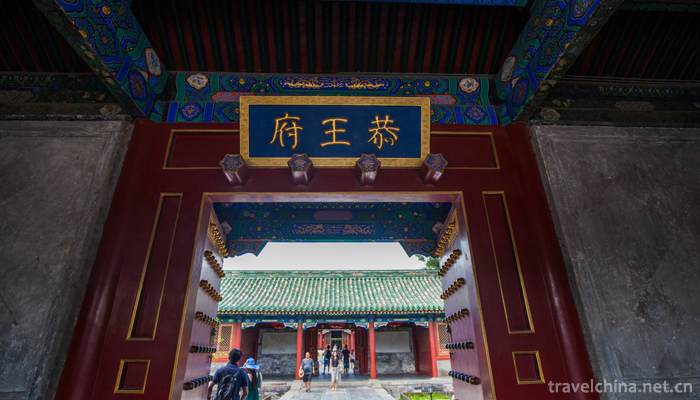
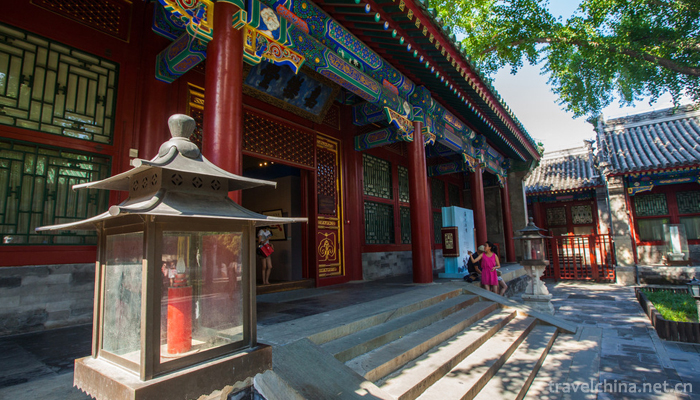
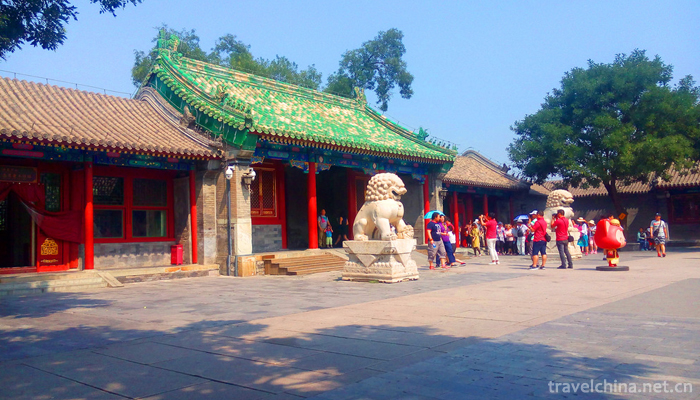
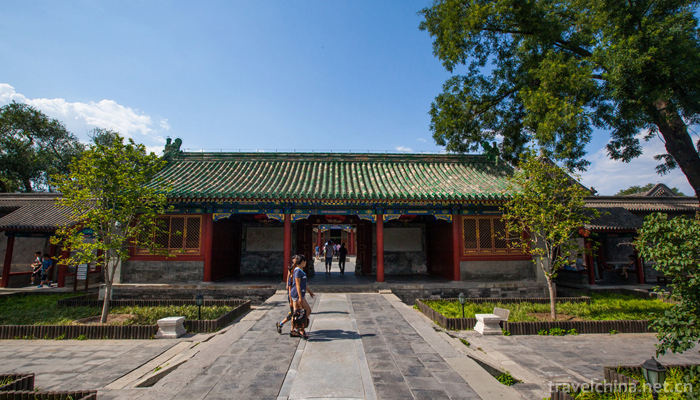
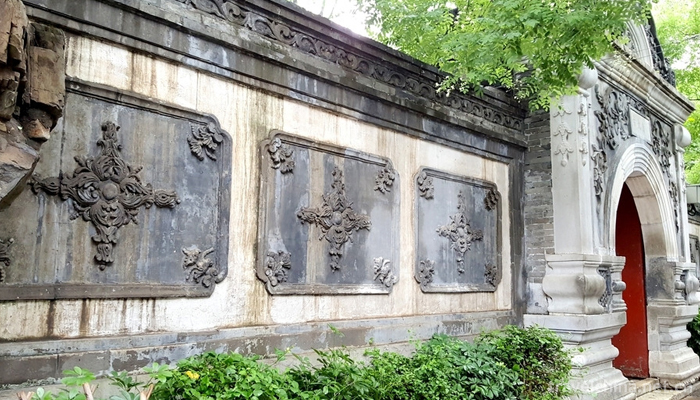
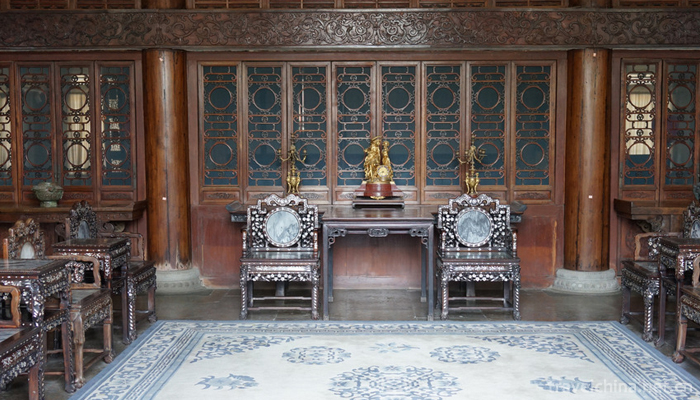

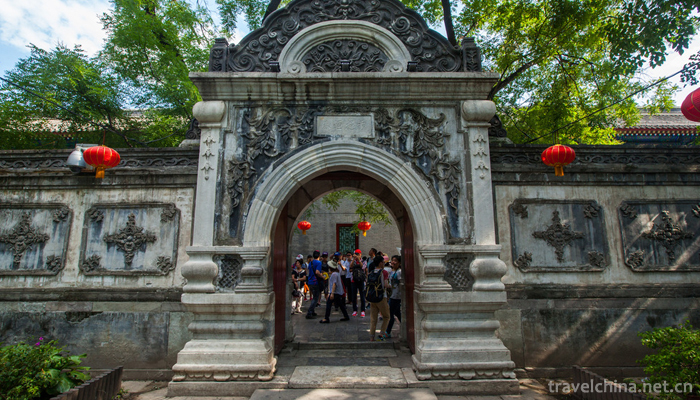

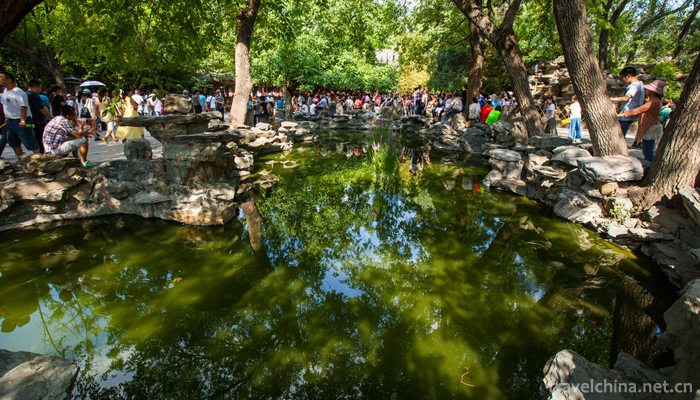
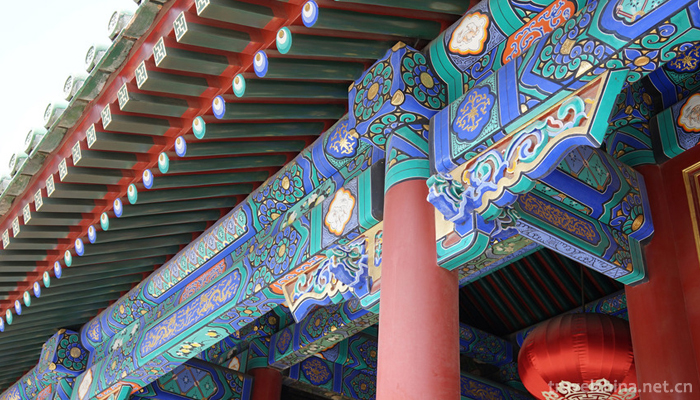
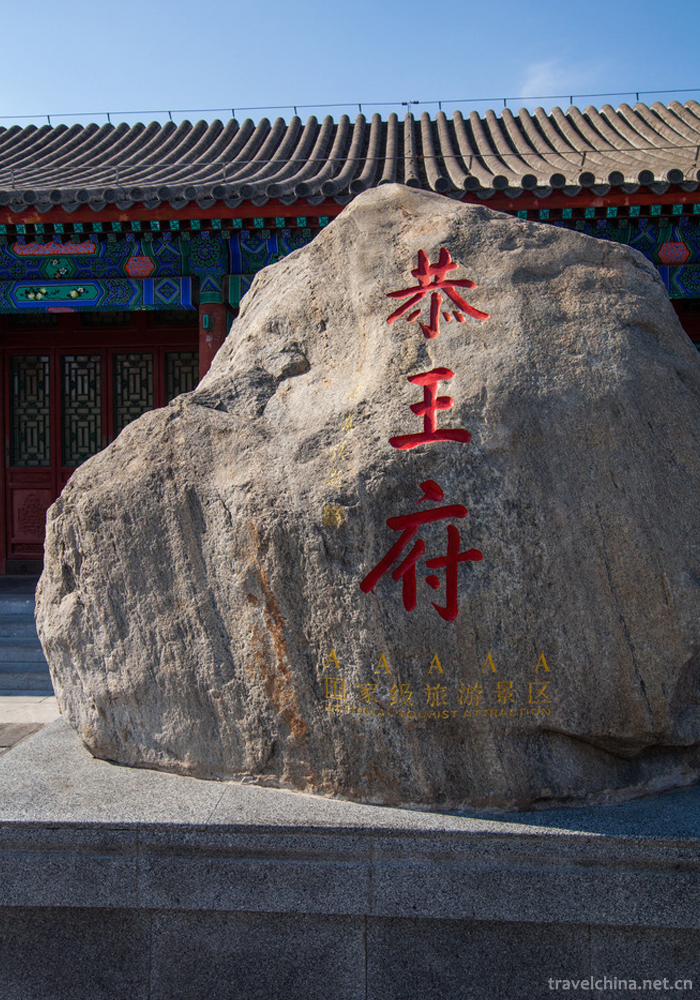

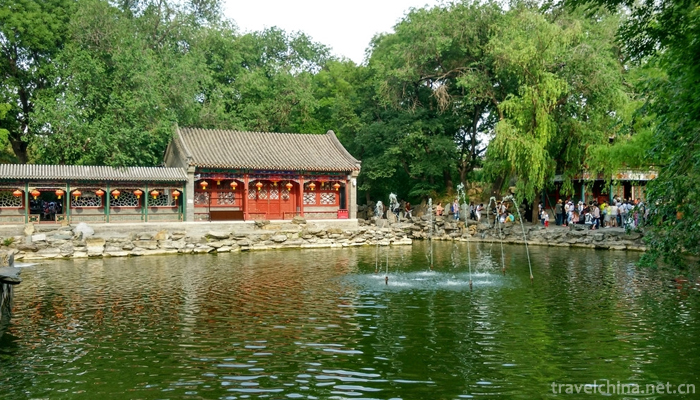
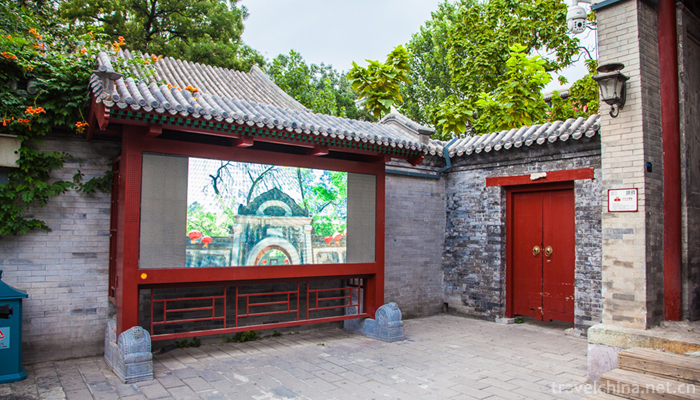
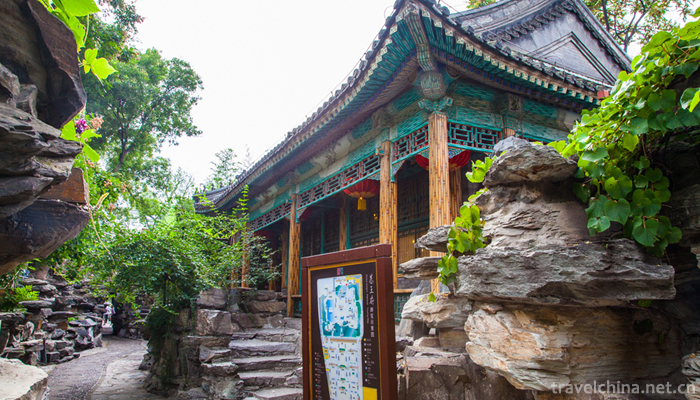
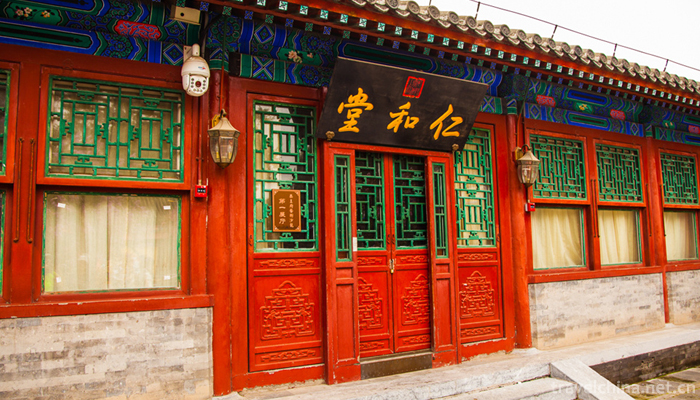


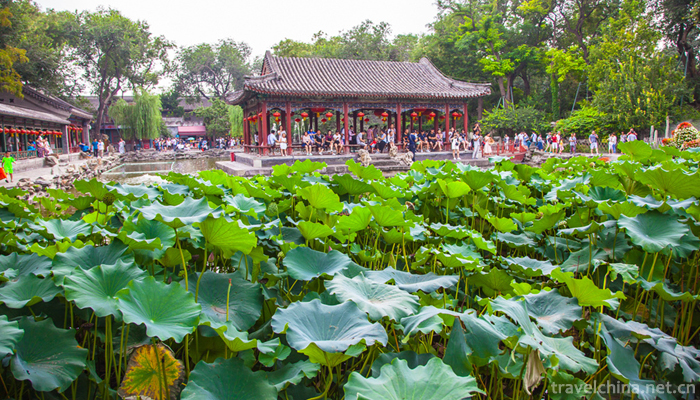
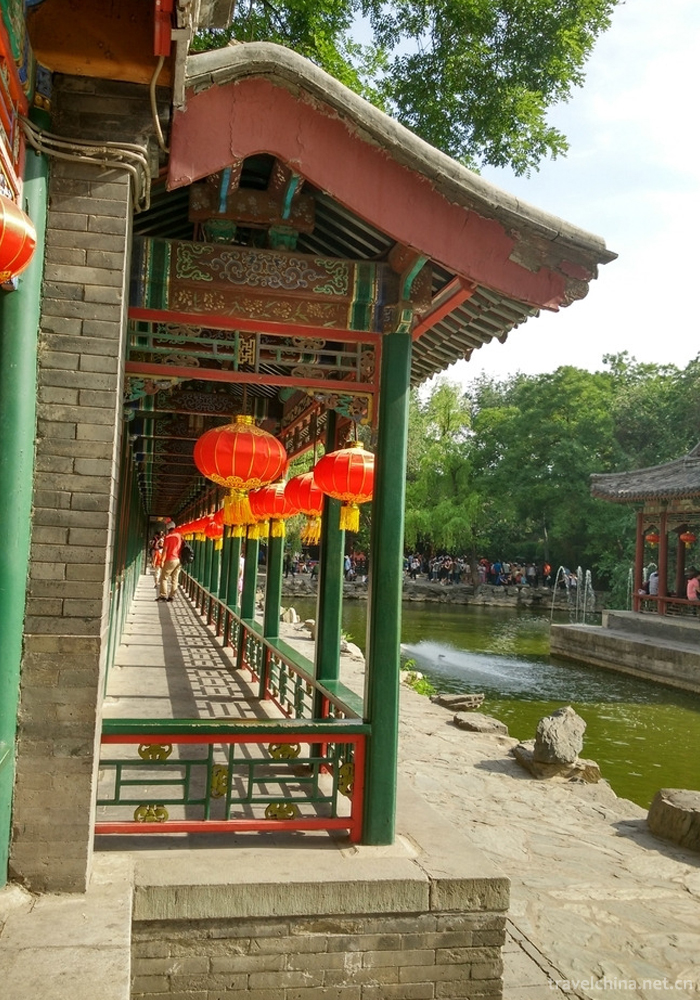
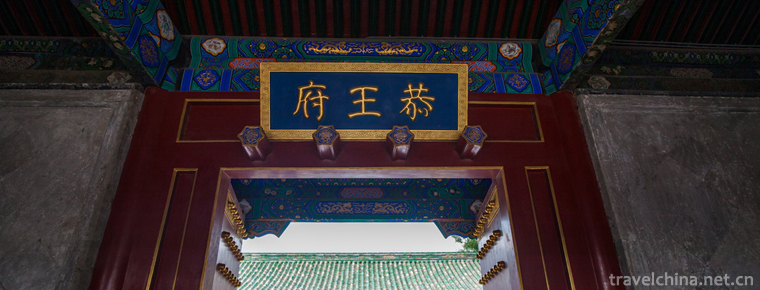
The Prince Gongs Mansion
-
Baiyang Lake
Baiyang Lake/Anxin Baiyangdian Scenic Area is located in the central part of Hebei Province. Anxin Baiyangdian is the largest inland lake in Hebei Province
Views: 407 Time 2018-11-24 -
MountHuaguoshan
Mount Huaguoshan (Lianyungang Huaguoshan Scenic Area) is located at the middle foot of Nanyuntai Mountain in Lianyungang City.
Views: 303 Time 2018-12-06 -
West Mountain Scenic Spot of Guiping
Guiping Xishan Scenic Spot, National AAAA Scenic Spot, National Geopark. Located in Guiping City, southeastern Guangxi Zhuang Autonomous Region, Xishan Scenic Spots 1 km away from the outskirts of the
Views: 142 Time 2019-01-13 -
Tianjin Water Park
Tianjin Water Park, formerly known as Qinglongtan, as a scenic resort, can be traced back to the beginning of the last century. It was officially opened to tourists on July
Views: 192 Time 2019-02-21 -
Buzkashi
One of the folk sports events in Xinjiang, China. Although there is no written record of sheep on foot, it has been examined in some areas of northern Xinjiang, which has continued to this day, and is
Views: 153 Time 2019-04-26 -
Diabolo
Diabolo is a splendid flower in Chinese traditional culture garden. Diabolo used to be called "Hu Dao", also known as "ground bell", "empty bell", "wind gourd".
Views: 157 Time 2019-04-28 -
Shanghai Opera
Shanghai Opera, a local traditional drama in Shanghai, is one of the national intangible cultural heritage.
Views: 185 Time 2019-05-03 -
Construction Techniques of Hakka Tulou
Hakka Tulou building construction technology, Fujian Longyan City Nanjing County, Huaan County local traditional building construction technology, one of the national intangible cultural heritage.
Views: 172 Time 2019-05-09 -
Pingyao Pushing Lacquerware Decoration Techniques
Pingyao polishing lacquerware decoration technology originated in Pingyao County, central Shanxi Province, and spread to the vast northern region. Lacquerware made with this technique has been well kn
Views: 160 Time 2019-06-09 -
Deng Xiaoping
Deng Xiaoping (August 22, 1904 -1997 February 19th), formerly known as Deng Xiansheng, the scientific name of Deng Xixian, Guang'an, Sichuan. Go to Europe early Work study program After his return, he
Views: 342 Time 2019-09-07 -
Mianzhu Hanwang earthquake site
Mianzhu Hanwang earthquake site (Park) is composed of three areas: Dongqi factory area, Dongqi dormitory area and Hanwang town area. It mainly focuses on four themes: digital display platform
Views: 228 Time 2020-11-05 -
Thousand Buddha Cliffside Sculptures
Qianfo cliff, located 4 kilometers north of Guangyuan City, on the East Bank of Jialing River and on the ancient Shu Road of Jinniu, has a long history and exquisite carving skills. The grottoes began in the late Northern Wei Dynasty, flourished in the Tang Dynasty and ended in the Qing Dynasty. After thousands of years
Views: 362 Time 2020-11-08
